8 ways life would get weird on a flat Earth
Just how strange would the world be if it were flat?
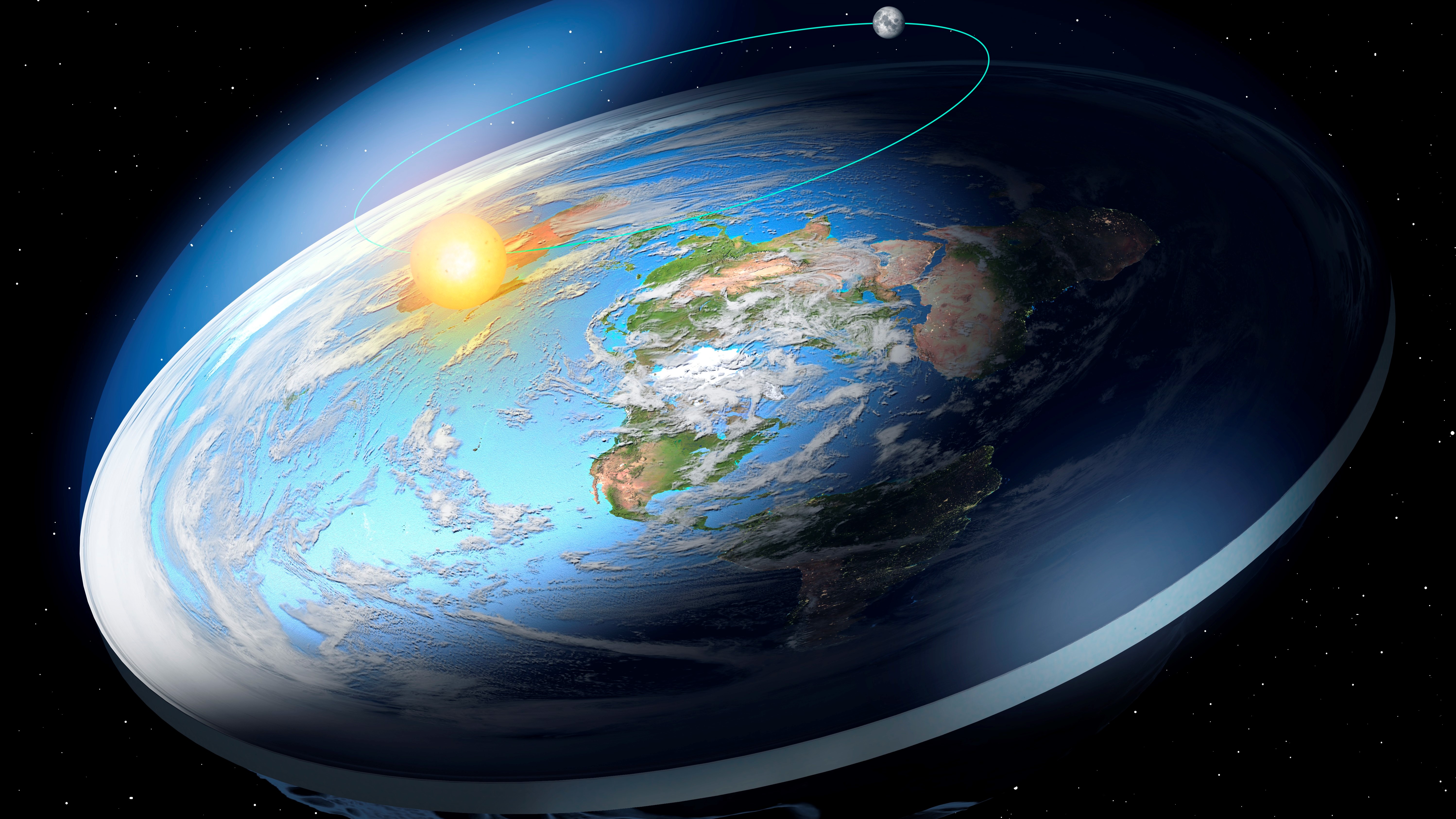
Earth — the blue marble — is our spherical home. But what if Earth were flat? After all, some people, called flat-earthers, truly believe in this retrograde idea. How would everyday life function? Would it function at all? We explore how much of an oddball, or "oddslice" Earth would be if it were flat and whether there are any advantages to living on a strange disk with the sun and moon rotating overhead like a cosmic carousel.
1. Say goodbye to gravity (at least as we know it)

On spherical Earth, gravity tugs equally on objects no matter where in the world they are. For Earth to take the shape of a flat disk in the first place, gravity — as we know it — must be having no effect. If it did, it would soon pull the planet back into a spheroid.
Maybe a flat-Earth would have no gravity at all, as a solid disk-like Earth would not be possible under actual gravity conditions, according to calculations in the 1850s by mathematician and physicist James Clerk Maxwell.
Or perhaps on a flat-Earth, gravity would pull everything to the center of the disk — the North Pole. In that scenario, the farther away you are from the North Pole the more horizontal the gravitational tug toward the central point of the disk, according to James Davis, a geophysicist at Columbia University's Lamont-Doherty Earth Observatory. This would wreak havoc worldwide, but at least the world long jump record would be easily beaten (as long as you orientated yourself northward before taking off that is).
2. It would certainly clear the atmosphere
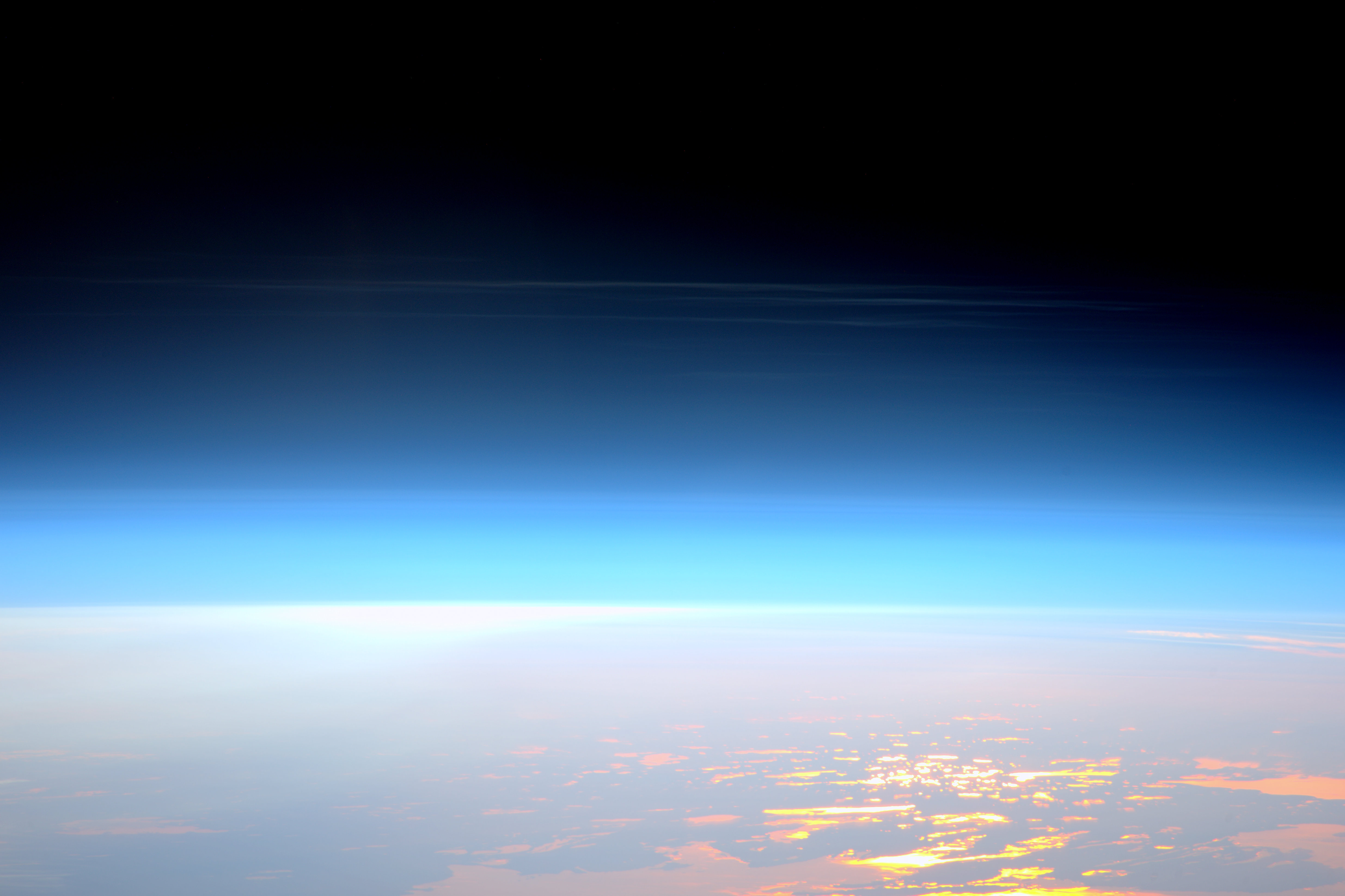
With no gravity, flat-Earth would no longer be able to hold onto the layer of gases called the atmosphere. The force of gravity is what holds this veil around our planet. And without this protective blanket, Earth's skies would turn black because light emitted from the sun would no longer scatter as it enters Earth's atmosphere and paint the skies the familiar blue we see today. The loss of atmospheric pressure would expose plants and animals to the vacuum of space, leading to asphyxiation in seconds, Luis Villazon, a zoologist and educator, wrote in BBC Science Focus.
Without an atmosphere surrounding the planet, water would initially boil away in the vacuum of space. That's because water boils when its vapor pressure equals that of the atmosphere, so lower atmospheric pressure means lower boiling point. Without an atmosphere to help warm the planet, the surface temperature would also plummet causing any remaining water to quickly freeze. But it isn't all bad news, as deep-ocean organisms such as chemosynthetic bacteria that don't require oxygen might just survive. After all, such bacteria have endured long trips to space and lived to tell the tale.
3. Cloudy with a chance of sideways rain

If gravity pulled toward the center of the planetary disk, which in this case is the North Pole, precipitation would also gravitate toward that spot. This is because precipitation falls to Earth due to gravity and will therefore fall toward the point of strongest gravitational pull.
Sign up for the Live Science daily newsletter now
Get the world’s most fascinating discoveries delivered straight to your inbox.
Only at the center of the disk would weather behave as we know it on Earth — falling straight down. The farther out you travel, the more horizontal the precipitation would be. Water in rivers and seas would also flow toward the North Pole, meaning vast bulging oceans would collect at the center of the planet, leaving practically no water at the edges, according to Columbia University's Lamont-Doherty Earth Observatory.
4. We would all get lost

It is likely that satellites would not exist if the Earth were flat, as they would have trouble orbiting a flat plane. "There are a number of satellite missions that society depends on that just wouldn't work," James Davis, a geophysicist at Columbia University's Lamont-Doherty Earth Observatory, said in a statement "I cannot think of how GPS would work on a flat Earth," said Davis.
We depend on Global Navigation Satellite Systems (GNSS) for anything from the GPS services on your phone, to travel information and supermarket just-in-time stock management to make sure produce arrives as fresh and as quickly as possible. And critically, emergency services use GPS to locate callers from their phone signal, the satellite communications could possibly save your life.
It's hard to imagine a world without GPS, suffice to say we'd be lost. On the upside, at least on flat-Earth humans would have the horizontal rain to point us in the right — well, north — direction.
5. Some journeys would take forever
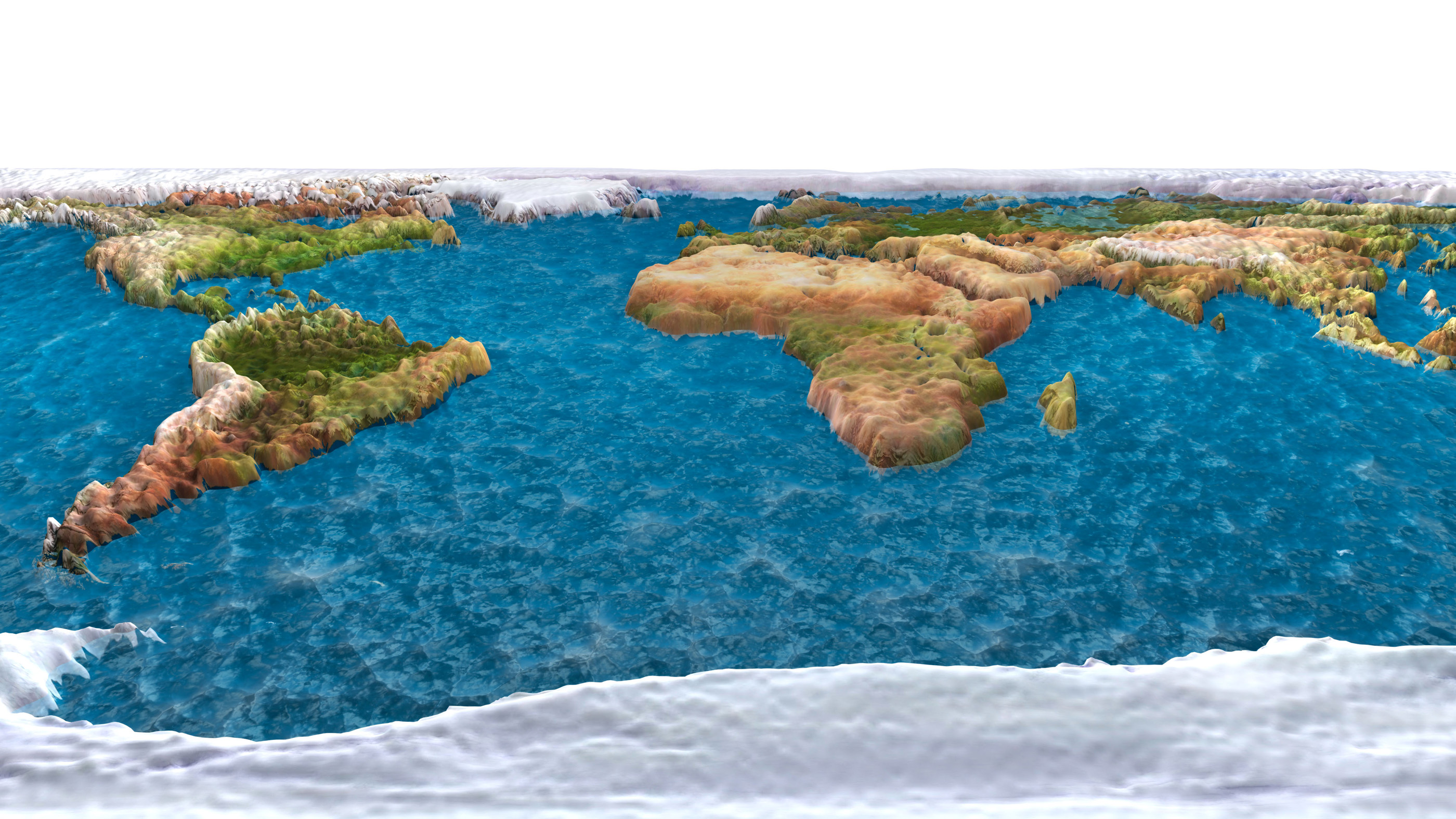
Longer travel times can be expected, not just due to no-GPS navigation issues, but also because of the distances we would need to travel. According to flat-Earth belief, the Arctic lies in the center of the planet and Antarctica forms a giant ice wall around the edge; this wall conveniently stops people from literally falling off the face of Earth. But if you are unable to fly around the globe and instead are forced to fly across it, then travel times would increase significantly. For example, to fly from Australia (which is one side of the flat-Earth map) to a McMurdo station in Antarctica (on the other side of the flat-Earth map), you would need to fly across the entire Arctic, as well as North and South America. You can also forget about trips across Antarctica (though this has been achieved many times on a spherical Earth), as that pesky ice wall would prevent such travel.
6. No more auroras and we'd all be roasted
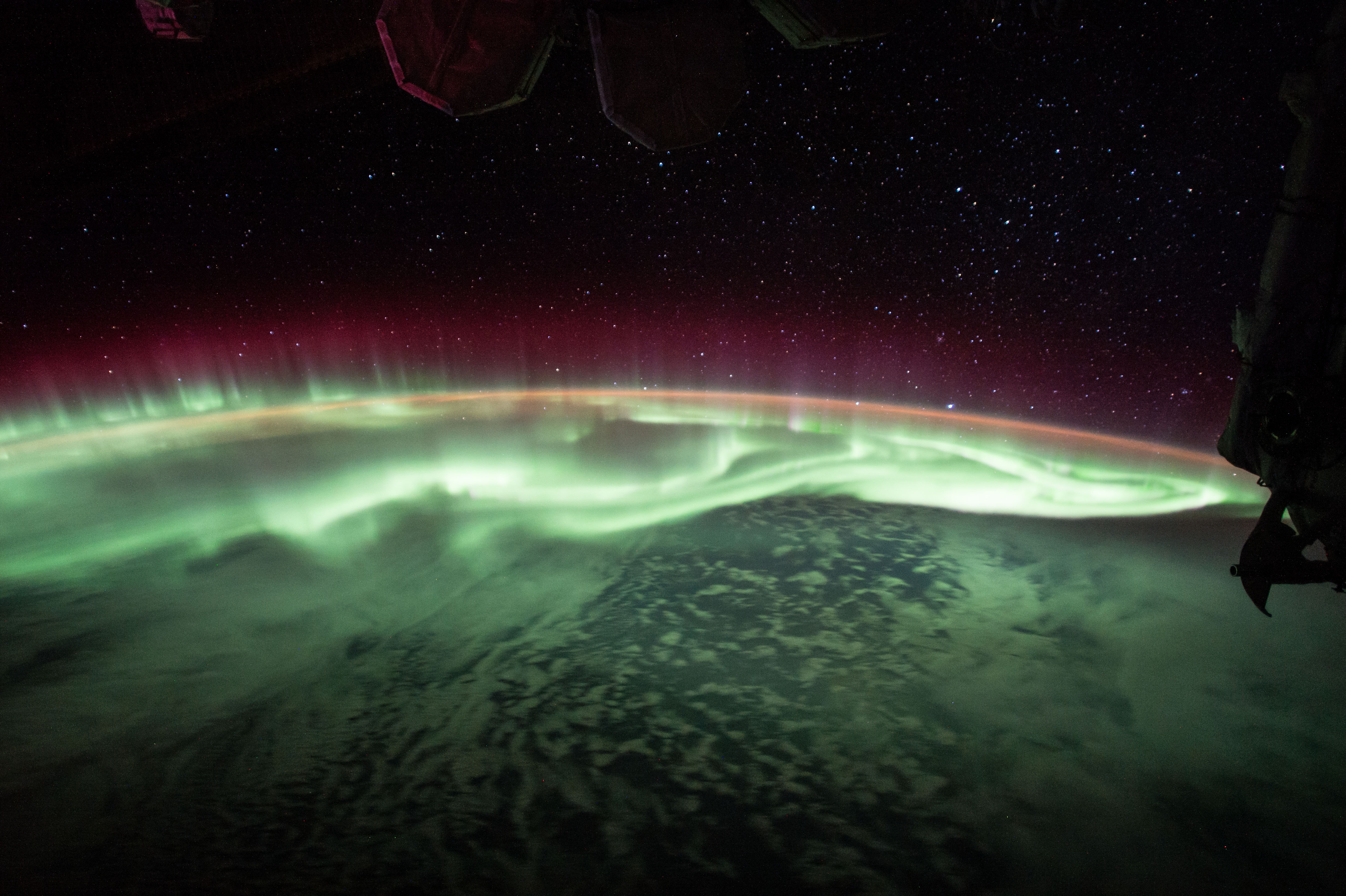
On spherical Earth, the swirling molten metal surrounding our iron core generates electric currents that in turn create our protective magnetic field which curves around the planet from one pole to the other, according to NASA. But on a flat Earth, without a solid core generating a magnetic field that protective layer — the magnetosphere — would cease to exist. And so would auroras. Also called the Northern Lights, these sky shows form when charged particles from the sun bump into oxygen and nitrogen molecules in the magnetosphere, where they release energy in the form of incredible aurora light shows.
Even so, the absence of auroras would be the least of our worries, as Earth would no longer be protected from solar winds. Earth and everything on its surface would be bombarded with harmful solar radiation, leaving a barren world akin to our neighbor Mars, according to NASA.
7. We'd all have to share the same night sky
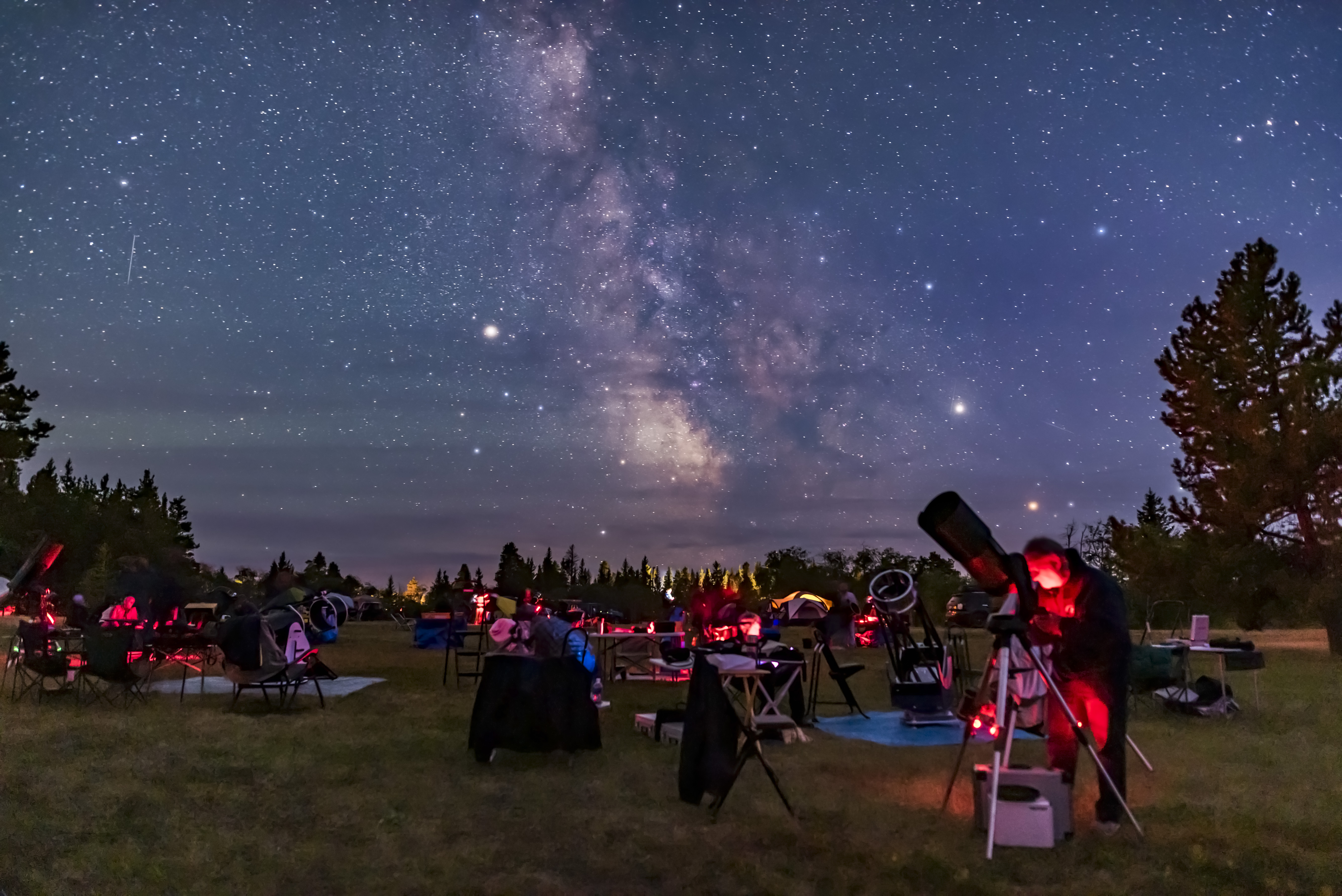
A flat-Earth would not be split into hemispheres like it is on our current orb: So night and day wouldn't be flip-flopped depending on whether you're in the Northern or Southern hemisphere. Also, the night sky no matter where you stood on the planetary disk. It sure would make stargazing easier, as you wouldn't have to travel to a different hemisphere to tick off all the targets on your astronomy bucket list. But isn't that part of the fun?
If we all shared one view of just one portion of the night sky, we'd miss out on the many ground-based discoveries that have been made due to our access to a 360-degree view of the observable universe from Earth. We'd have to solely rely on space-based telescopes to widen our view of the cosmos.
8. Hurricanes would be a thing of the past
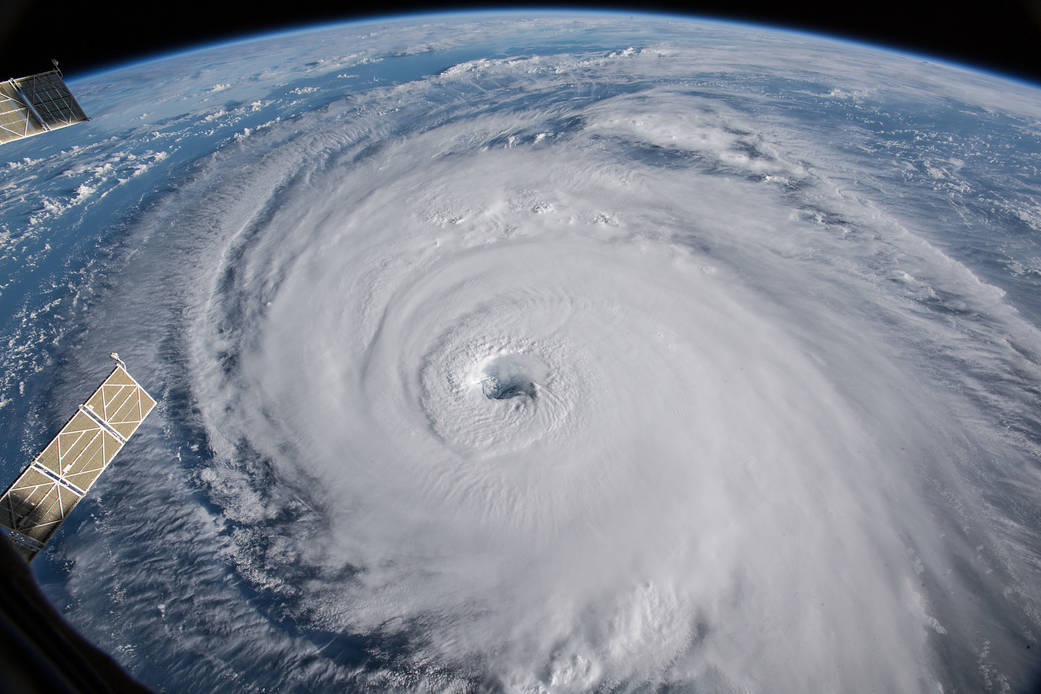
Every year, hurricanes (also called typhoons and cyclones depending on the location where they form) cause unprecedented damage. In 2017, Hurricane Harvey alone caused $125 billion (£90 billion) worth of damage to the U.S., according to NOAA.
The devastating rotating nature of these tropical storms stems from Earth's coriolis effect, which causes storms in the Northern Hemisphere to rotate counterclockwise and those in the Southern Hemisphere to rotate clockwise. However, on stationary, flat-Earth, no coriolis effect would be generated. No coriolis means no hurricanes, typhoons and cyclones. This is also why we don't see these types of storms between five degrees north and south of the equator, as the magnitude of the coriolis effect is zero at the equator, according to NASA.
Additional resources:
90 Years of Our Changing Views of Earth
Why some people believe the Earth is flat
Why are things in space the shape that they are?
This article was updated August 23, 2021.

Daisy Dobrijevic joined Space.com in February 2022 as a reference writer having previously worked for our sister publication All About Space magazine as a staff writer. Before joining us, Daisy completed an editorial internship with the BBC Sky at Night Magazine and worked at the National Space Centre in Leicester, U.K., where she enjoyed communicating space science to the public. In 2021, Daisy completed a PhD in plant physiology and also holds a Master's in Environmental Science, she is currently based in Nottingham, U.K.









